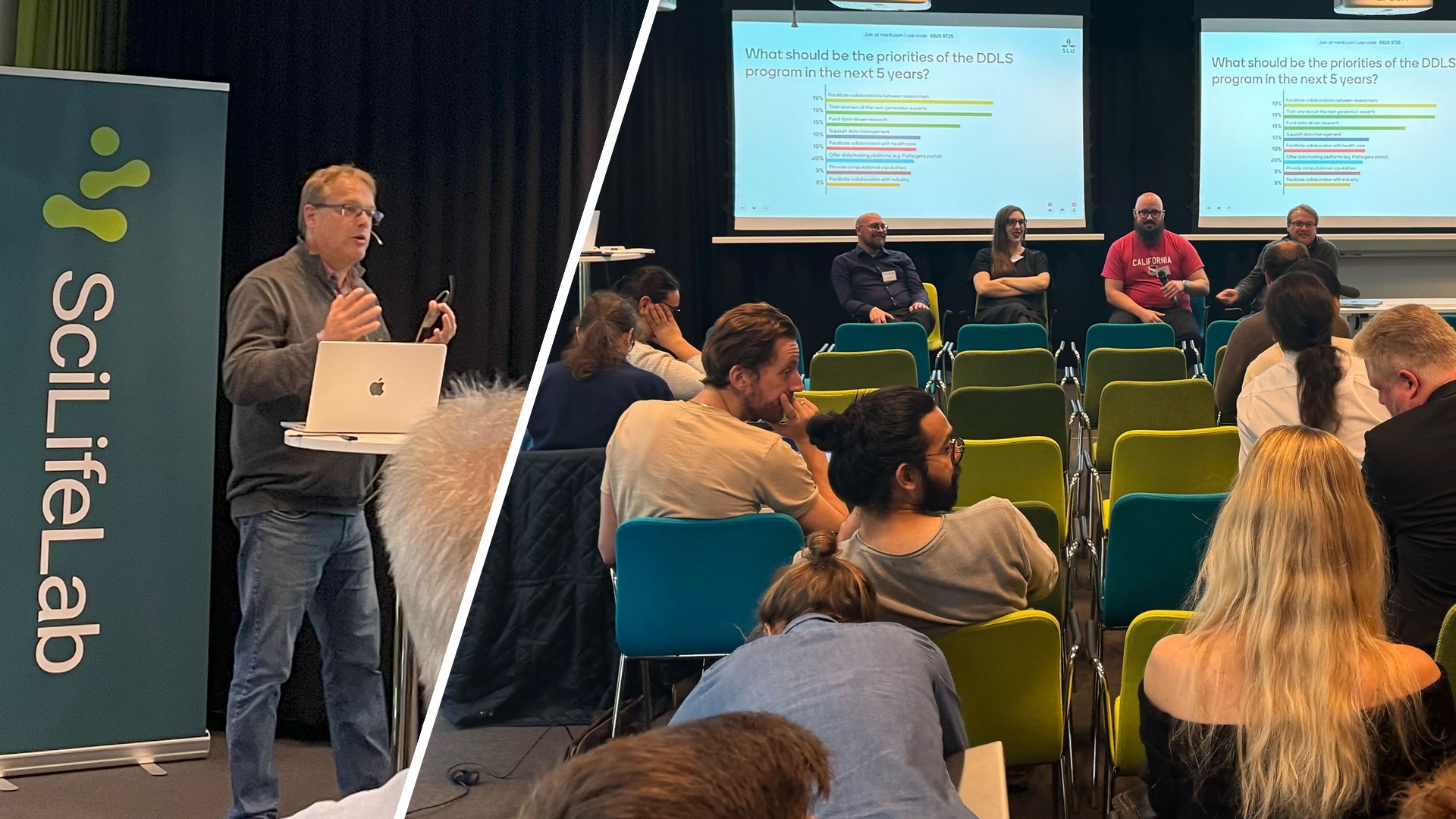Synchrotron scanning uncovers the contents of fossil faeces in 3D
For the first time, imaging of coprolite, i.e. fossil faeces, contents in three dimensions using synchrotron tomography has been carried out successfully. This provides a novel approach for revealing the diet, and thereby also the lifestyle, of ancient animals such as dinosaurs.
The study investigated 230 million years old coprolites from Poland and was led by Per Ahlberg (Uppsala University/SciLifelab) in collaboration with the European Synchrotron Radiation Unit (ESRF) in France. The revealed contents includes beetle remains in the form of wing cases and part of a leg, as well as crushed clam shells and the partial body of a fish. Synchrotron tomography works much like a CT scanner in a hospital, with the difference that the energy in the x-ray beams is thousands of times stronger.
“We have so far only seen the top of the iceberg” says PhD student Martin Qvarnström, first author of the study; “The next step will be to analyze all types of coprolites from the same fossil locality in order to work out who ate what (or whom) and understand the interactions within the ecosystem”.
Martin Qvarnström, Grzegorz Niedźwiedzki, Paul Tafforeau, Živilė Žigaitė & Per E. Ahlberg (2017) Synchrotron phase-contrast microtomography of coprolites generates novel palaeobiological data. Scientific Reports




